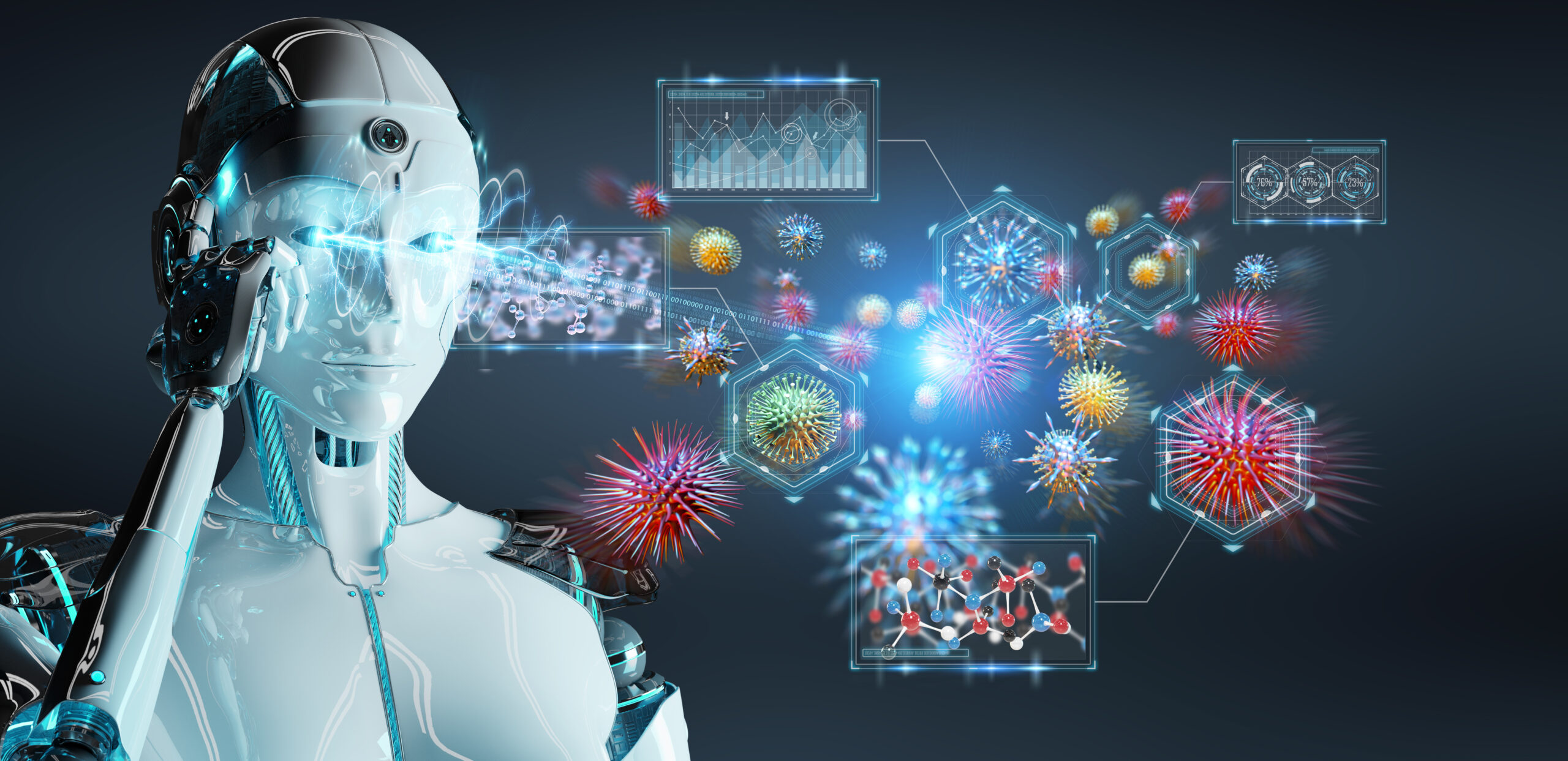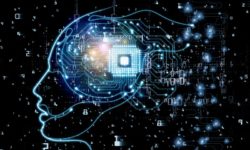Amidst the lack of sufficient understanding of why, how, and when the living and non-living things in the human ecosystem interact, has it become crucial to understand the human ecology to connect the dots between the human microbial relationships in the rapidly shifting environment?
The Human Body
The human body is a cooperative ecosystem where trillions of microorganisms live in it, on it, and around it. The collective community of these known/unknown microorganisms consists of bacteria, viruses, fungi, and more. Amidst the lack of sufficient understanding of why, how, and when the living and non-living things in the human ecosystem interact, it has become crucial to understand the human ecology to connect the dots between the human microbial relationships in the rapidly shifting human environment.
The Changing Human Ecosystem
Everything is connected. The human ecosystem of cyberspace, aquaspace, geospace, and space (CAGS) is not only integrated but is also changing rapidly. The human environment and the living beings interact not only with each other but also with the non-living. Therefore, it is essential to evaluate the state of the human CAGS environment and its sustainability to understand its implications on microbial flora and human survival and security. Assessing the human CAGS ecosystem from the human perspective will help us understand the role the physical and chemical world plays in the biological world.
It is also crucial to understand the processes that link the living beings to the ecosystem and the energy transformation that happens between them—how they are all interconnected and how any shift can bring security implications for the future of our species.
Human Microbial Interaction
A human microbial ecosystem is directly linked to the CAGS ecosystem. It is crucial to understand the human CAGS ecosystem and determine which processes link the human microbial existence. Furthermore, which processes determine the microbial flora’s make in and on the human body and under what conditions is essential to evaluate. The reason is that the physical and chemical factors that make the CAGS ecosystem define and determine the human microbial ecosystem make. So, it is crucial to understand and evaluate what are the processes that link the living to the non-living world.
CAGS Processes
It seems that there is energy flow within and between the human CAGS ecosystem. It is a well-known fact that the energy flow in the human ecosystem begins in the form of light energy. It is further transformed into chemical energy and then heat energy. The human microbial ecosystem also requires carbon, nitrogen, or phosphorous elements from the CAGS ecosystem. These elements are continually cycled between the living and the non-living state. Each of these processes is interconnected and complex. So, the question is, how do we study these processes from the perspective of microbial pandemics?
We must begin understanding the drivers of the energy and nutrient flow to effectively control the human microbial ecosystem for the future of humanity.
Since the human CAGS ecosystem is made of living and non-living things, it is important to evaluate the rapidly evolving energy transformation that impacts living beings’ biogeochemical cycle.
The Need For Ecological View of Human Microbial Flora
The ecological view of microbial flora requires a different view of the human body—especially when the emerging understanding of the human body is a small ecological community. This will further help us understand how each human body operates in some balance with microbial competitors within and outside the human body ecosystem.
Besides, humans are increasingly believed to be a “superorganism” whose genetic and metabolic model is a coalition of microbial and human components. As a result, the need to acquire a collective view of human microbial life form with a perspective to its environment has become essential as we go through a COVID-19 pandemic.
The reason is understanding the human environment would provide us with a much-needed changing view of ourselves, our health, and disease state. It will also help shed light on the diverse form of microorganisms from non-pathogen to pathogens, and what state of the human CAGS ecosystem shapes the emergence of pathogens from non-pathogens.
The Rise of Ecological Diseases
There is a growing belief that many human illnesses are ecological diseases rather than exposure to a novel pathogen. It perhaps means that the shifting human ecology, the CAGS ecosystem, drives a microbial flora shift. This shift in microbial flora gives rise to the novel microorganisms in the human ecosystem ending up with infectious diseases in humans. As a result, the nature of the relationship between the human host and microbes in the changing CAGS environment needs to be reconceptualized. If infectious diseases are a consequence of the changing ecology, this would further bring the potential of many pandemics and have broad implications for the future of humanity.
As a result, there is a need for a new approach, a new disease model that incorporates both internal and external environmental factors of humans.
Path Forward
Perhaps we can turn to the emerging technologies and evaluate how we can technologize the CAGS ecosystem to understand the impact of the ongoing ecological changes and their meaning to the shifting microbial flora in the human ecosystem.
It is time to begin discussing how the recalibration of the human CAGS ecosystem needs to happen. Keeping in mind the role emerging technologies will need to play in the coming calibration, I hope this article will take the first step in beginning the discussion on the need for the human-microbial ecosystem’s technologization to make sense of the COVID 19 pandemic.
About the Author
Jayshree Pandya (née Bhatt), Ph.D., a leading expert at the intersection of science, technology, and security, is the Founder and Chief Executive Officer of Risk Group LLC, an award-winning Scientist, and a Futurist passionate about protecting the Future of Humanity.
This passion and dedication to protecting the collective future have taken Dr. Pandya on a journey to understand the language of the universe. Her quest for a security algorithm drives her involvement in a wide range of research to understand the core mechanisms by which the cosmos operates and where the existential risks emerge for the human species. Her research across many domains has contributed to more than 100 publications and is pursued to provide security solutions for the future of humanity. Jayshree’s inaugural book, The Global Age: NGIOA @ Risk, was published by Springer in 2012. Her latest book, Geopolitics of Cybersecurity, offers much-needed solutions to the rising digital disorder. Her upcoming books are on Cyber Warfare, Pandemics, and Artificial Intelligence.





 Tanishq Advertisement: Attack on Creative Expression in India
Tanishq Advertisement: Attack on Creative Expression in India